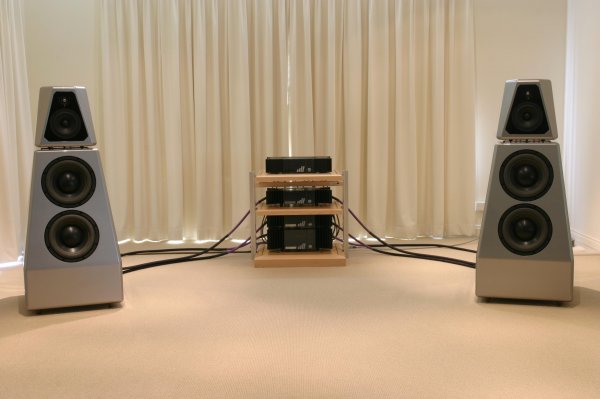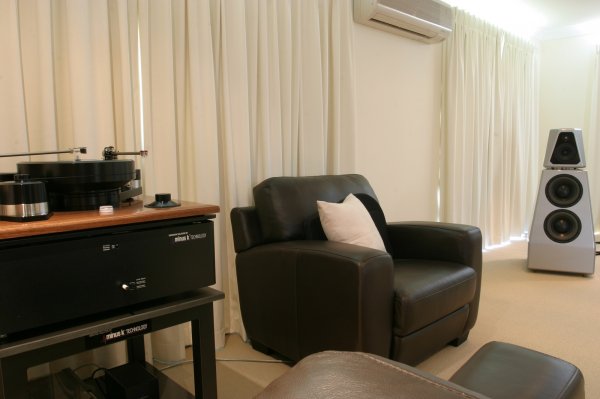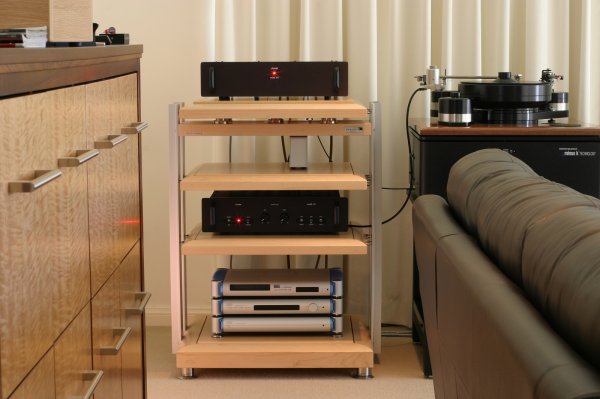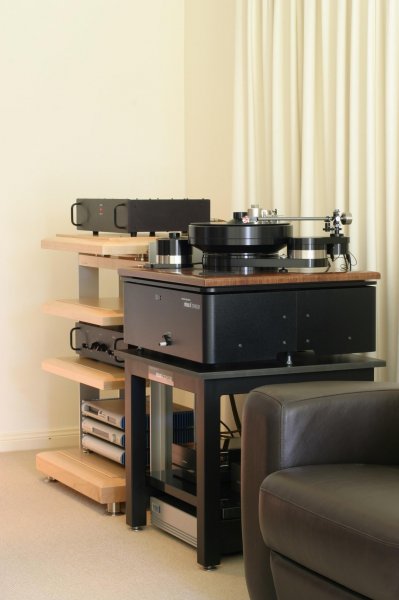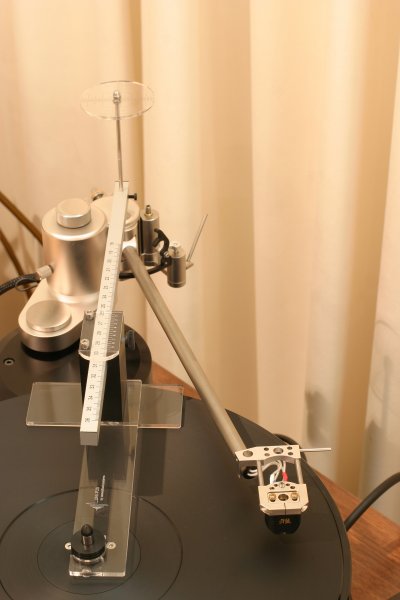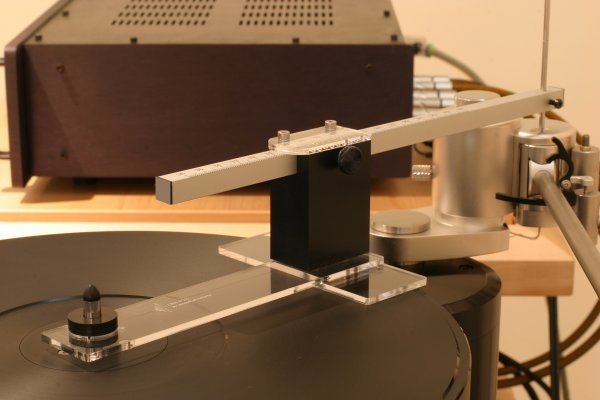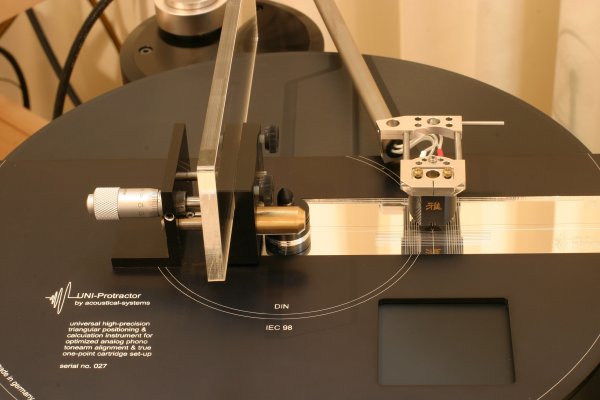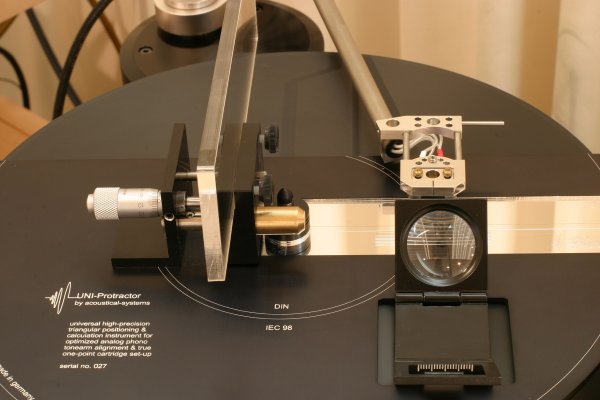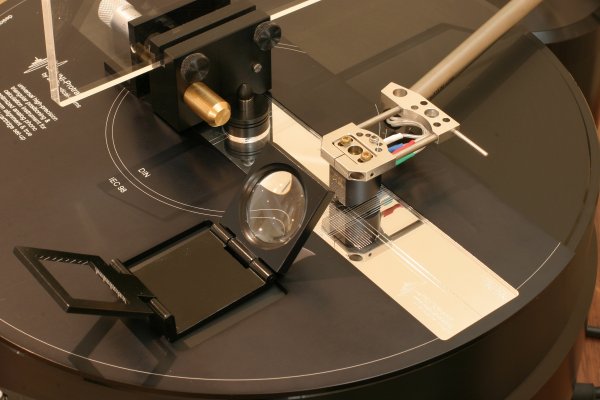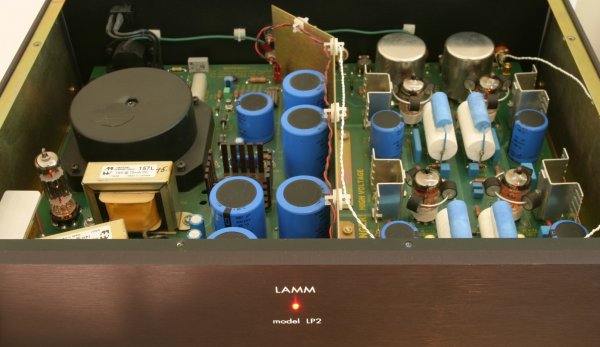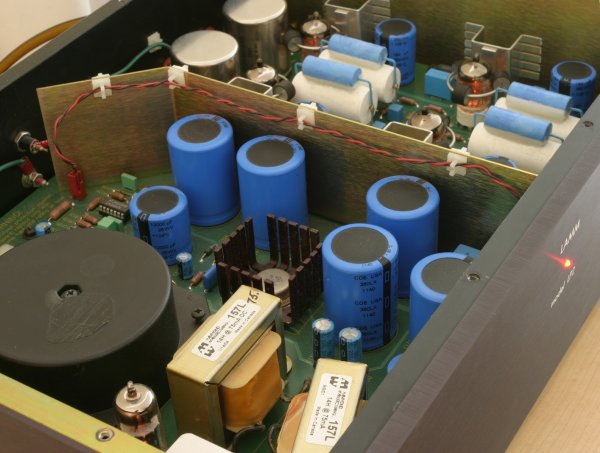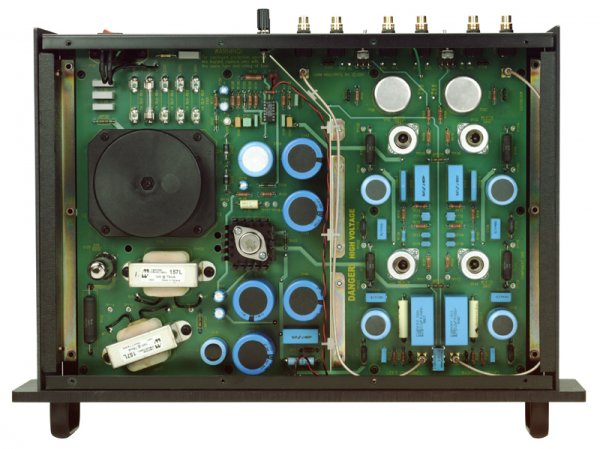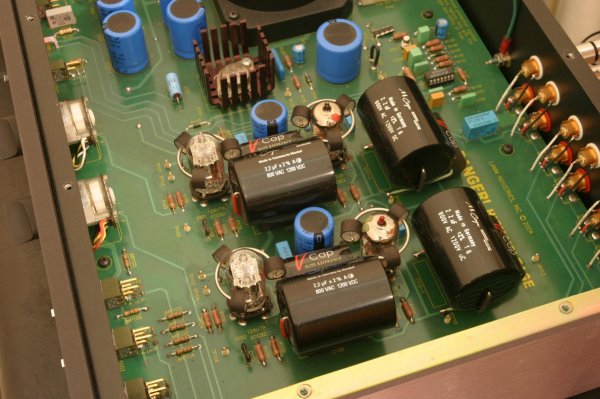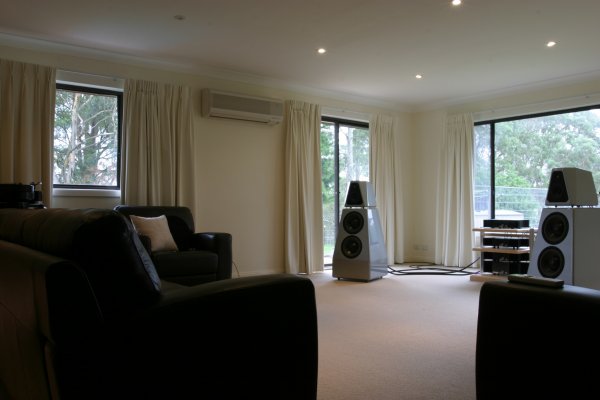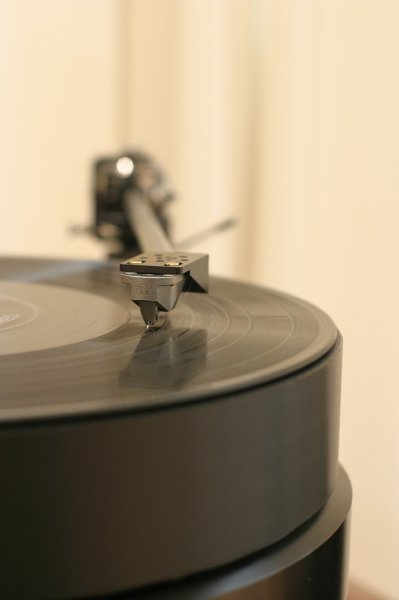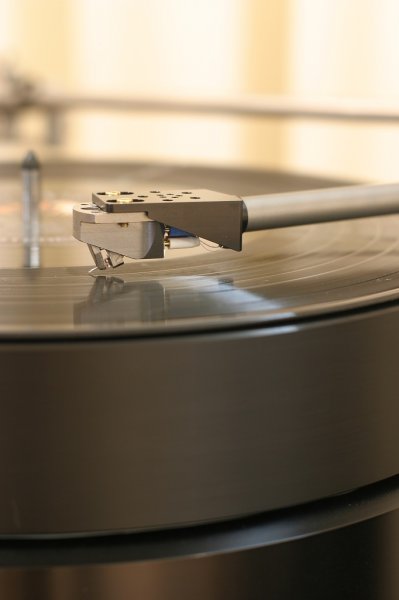Bruce,
It is not an uncommon assumption, regarding active speakers, that they have the amplification built into the loudspeaker cabinet. This actually defines a self-powered speaker which may or may not employ an active line level crossover.
An active system uses a powered line level crossover as opposed to a speaker level passive crossover. The technical (and in my opinion, sonic) benefits of the former FAR outweigh the few negatives which one might raise. It is a different story if one looks at active speakers from a commercial standpoint. Very few skilled and knowledgable (rarer than you might imagine) loudspeaker designers also happen to be talented enough to build reference quality electronics and to amalgamate the two into an ultra-high fidelity package.
In the future we will no doubt see more digital-to-analogue converters using their prodigious on-board DSP power to provide a digital active crossover function with multiple dedicated line level analogue outputs for each of the low, mid, hi, etc (each requiring a separate channel of amplification). The real trick is designing the optimum crossover in the first place (be it passive, active digital, or active analogue) since this is not something that one can master in situ. A digital active crossover approach mandates a strong collaboration between the digital manufacturer and the loudspeaker designer (e.g. Devialet partnering with Vivid Audio to develop an active version of their GIYA G1).
Being somewhat dedicated to the vinyl path (cough, cough) I gravitated strongly towards an active system where all filtering is performed in the analogue domain. I know that some people will scoff at the idea of using op-amps to perform the crossover filtering but this is BY FAR the lesser of two evils compared to the large value passive components inside most loudspeakers (where steeper slopes are desirable - and I would argue mandatory in the absence of THE perfect driver/s). No doubt someone will be concerned about phase shift with higher order crossovers (be they passive or active) but I am yet to read a paper in a peer reviewed journal where the effects of "modest" group delay are audible to the human ear under unbiased conditions.
Very interesting post. I did once speak with a speaker designer who also knew Wilson speakers extremely well. His view was using the Wilson active crossover, one could bypass some of the passive crossovers of the Wilson X1/X2 and then dedicate 1 amp to drive bass and 1 to drive the uppers. Wilson of courses does not recommend this, but given the CV of this speaker designer, I remain intrigued by his idea. I think in addition to control, linearity, I suspect based on what I have read he may also feel that coherence might also be improved...of course on the assumption the execution is exemplary.


